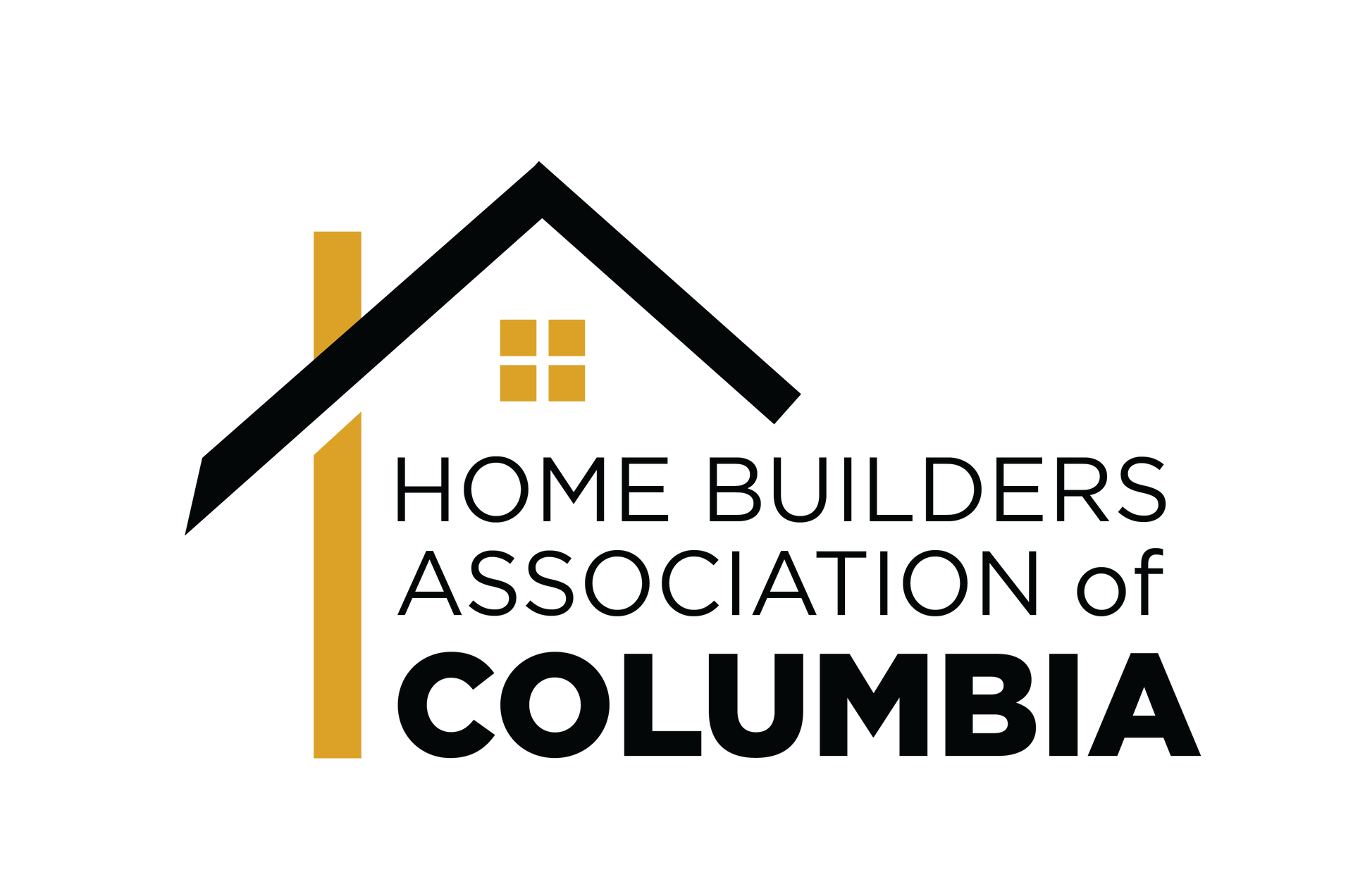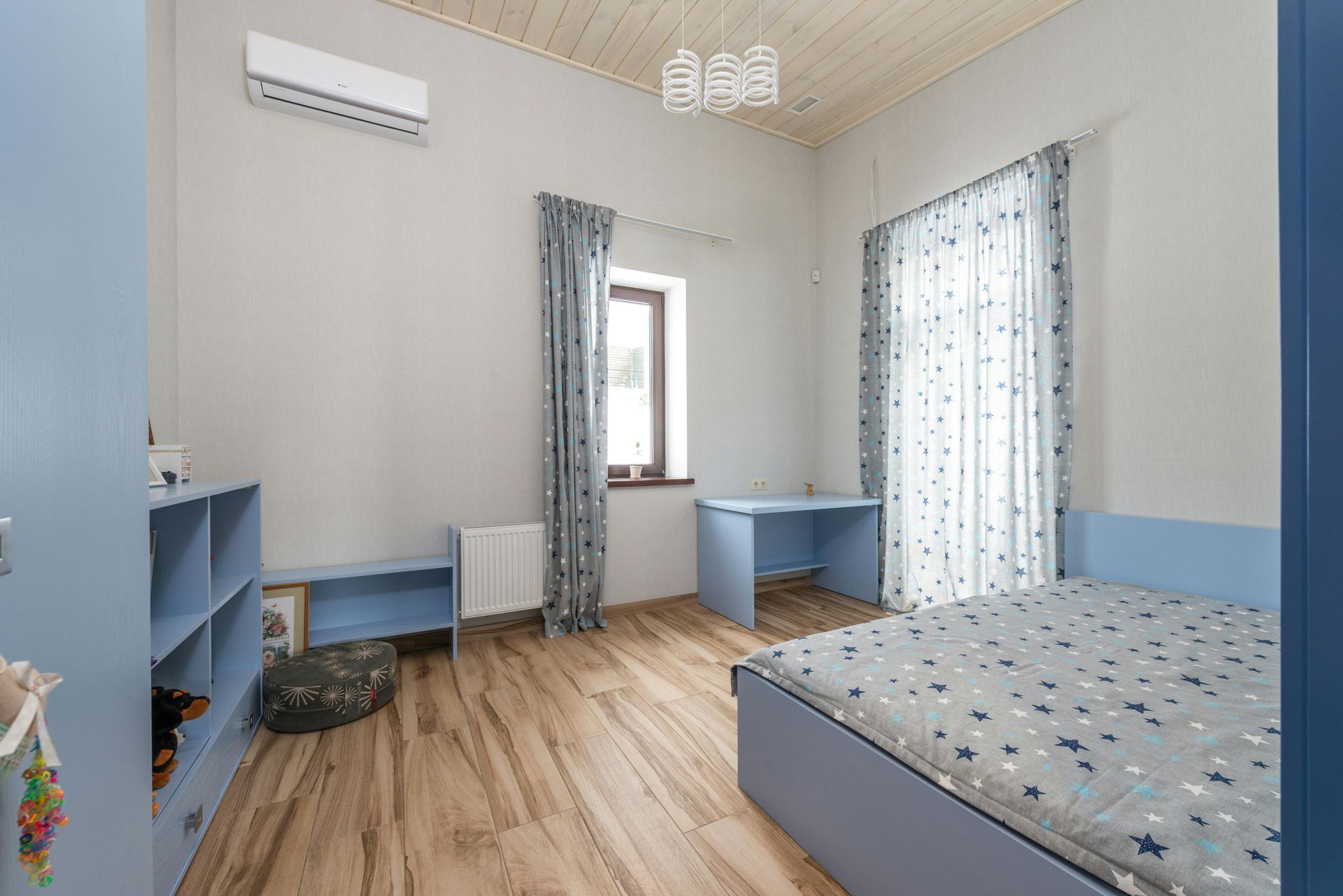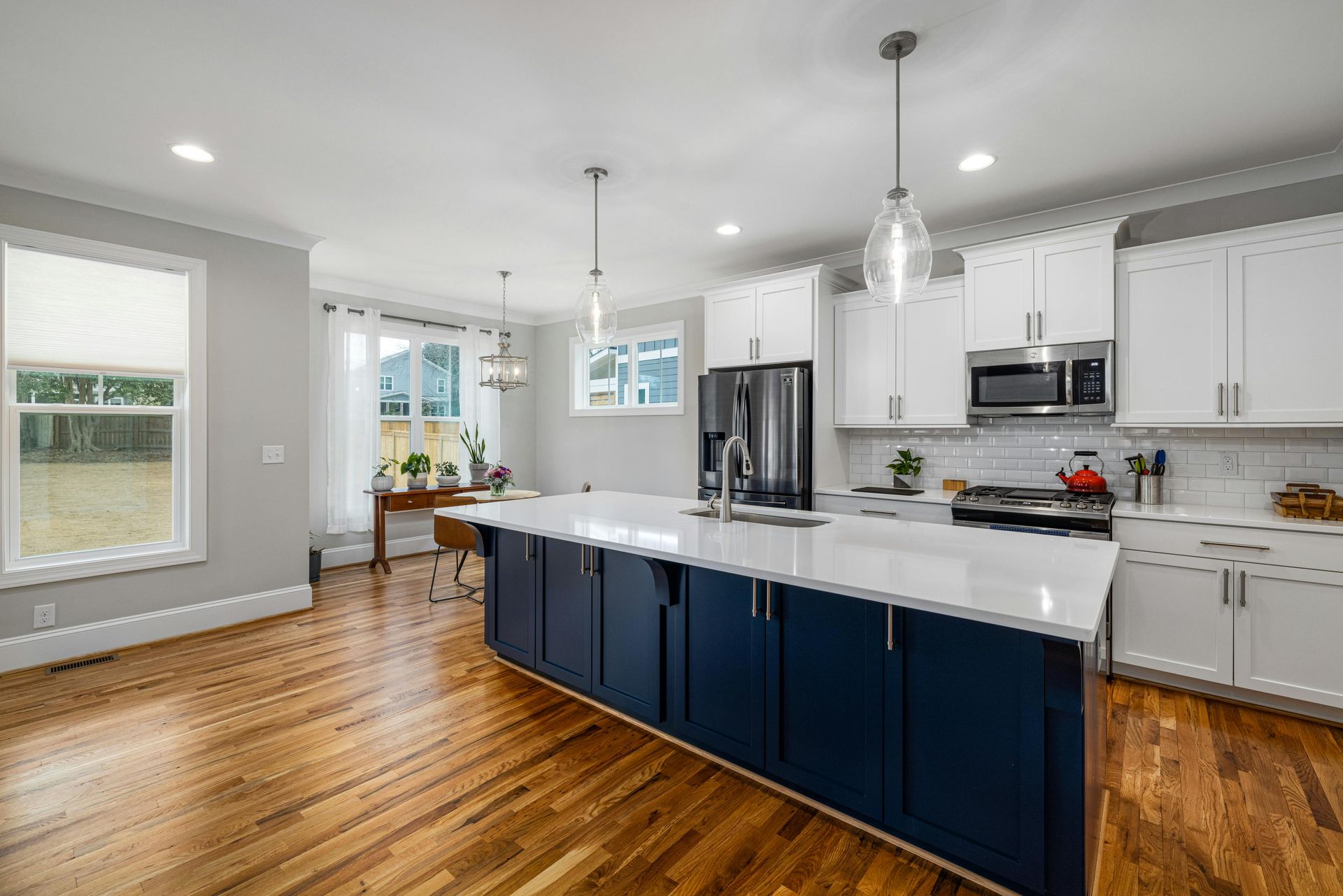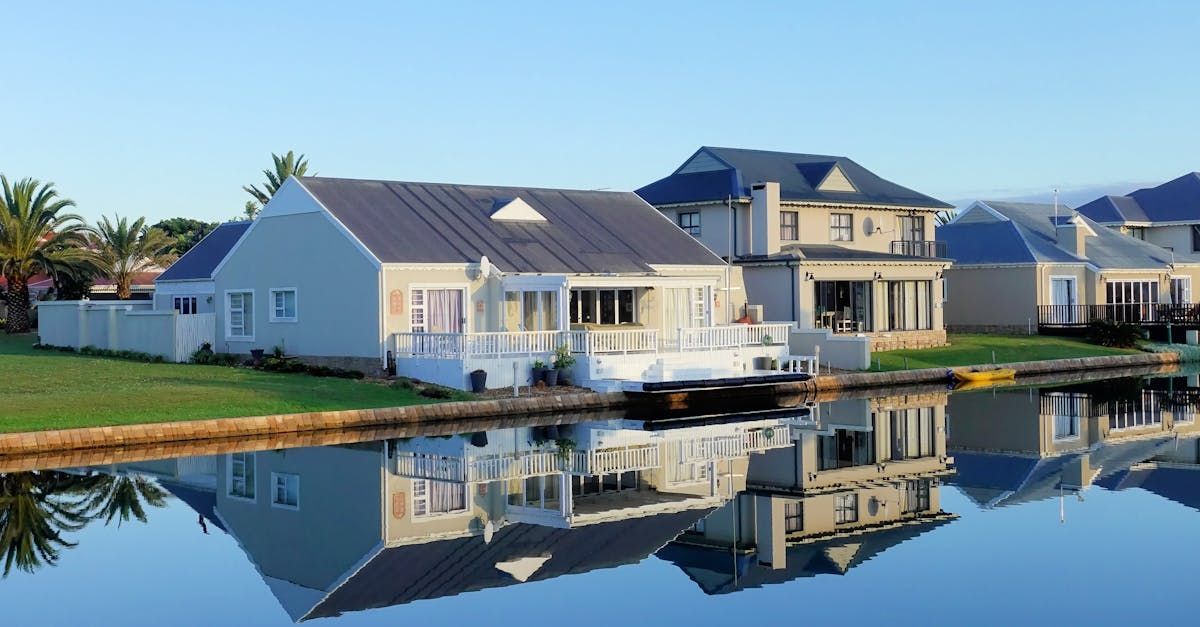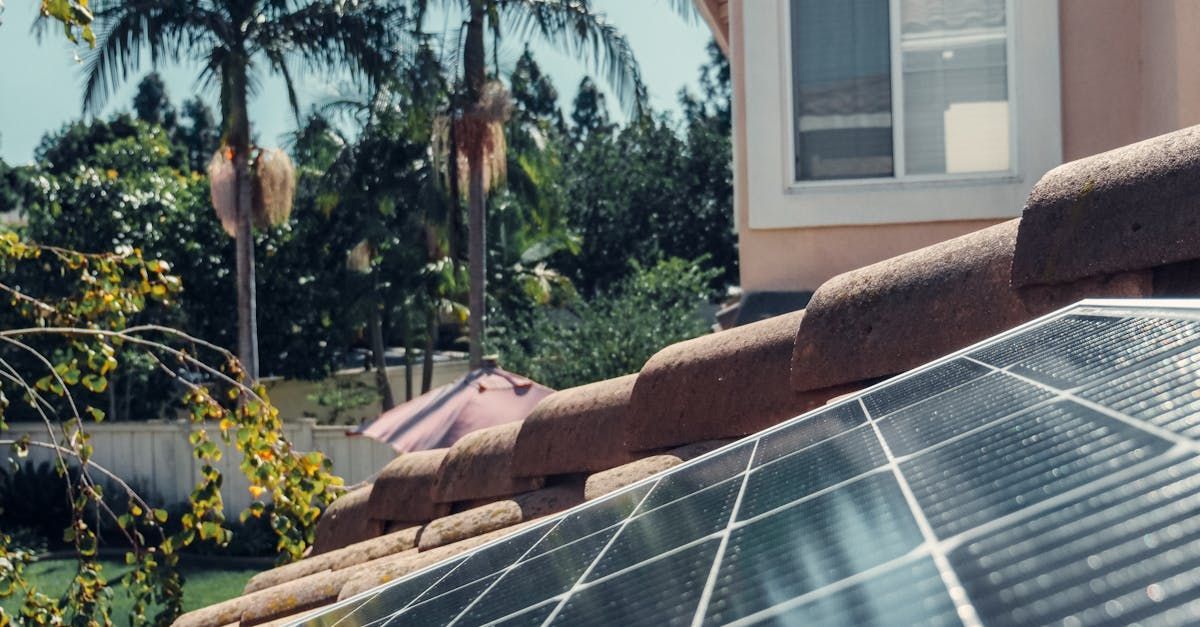Resource Center
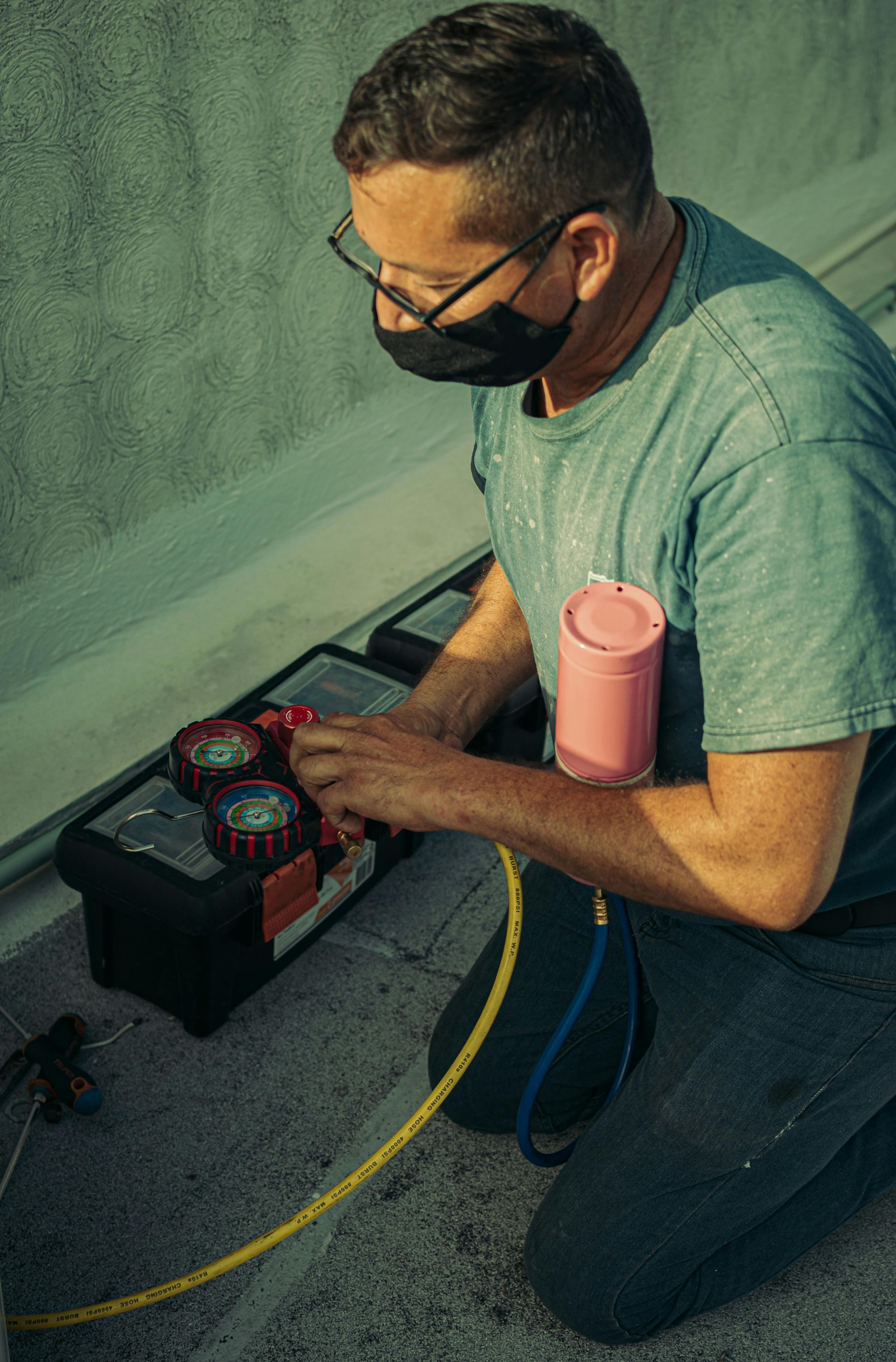
The heating and cooling industry is undergoing a significant transformation as new Environmental Protection Agency regulations take effect to combat climate change. Here's what you need to know about the upcoming refrigerant changes and how they may impact you. What's Changing? Beginning January 1, 2025, manufacturers can no longer produce new HVAC systems using R-410A refrigerant, the most common cooling agent in residential air conditioners and heat pumps. This phase-out is part of the American Innovation and Manufacturing (AIM) Act, which aims to reduce greenhouse gas emissions by transitioning away from high Global Warming Potential (GWP) refrigerants. R-410A has a GWP of 2,088, meaning it contributes significantly to climate change when released into the atmosphere. The new regulations require all refrigerants in new systems to have a GWP of 700 or less. The New Refrigerants Two environmentally friendly alternatives are replacing R-410A: R-454B (Opteon XL41 or Puron Advance): Provides up to a 78% reduction in global warming potential while maintaining similar cooling performance to R-410A. Most major manufacturers including Carrier, Trane, and Lennox have chosen this as their primary replacement. R-32: Offers up to 12% better efficiency than R-410A systems and has a GWP of approximately 675. Daikin and some other manufacturers have selected R-32 for certain applications. Impact on Homeowners If you have an existing system: You can continue using your current HVAC system without any immediate changes required. Existing equipment is not subject to EPA regulations and can continue to be used through equipment end-of-life. R-410A will remain available for servicing existing systems, though supplies may become more expensive over time. If you're buying a new system: Systems manufactured before January 1, 2025, can still be installed through December 31, 2025, giving consumers a one-year transition period. However, new EPA-compliant systems are expected to cost at least 20% more than current models due to advanced technology and manufacturing requirements. Safety Considerations The new refrigerants are classified as A2L, meaning they have low toxicity but are mildly flammable—much less so than propane or natural gas. New systems include advanced leak detection sensors that automatically shut off the unit and activate ventilation if a leak is detected. Benefits of the Transition Beyond environmental protection, the new refrigerants offer several advantages: Potential utility bill savings of 5-10% due to improved energy efficiency EPA estimates this transition will result in emissions reductions equivalent to up to 876 million metric tons of carbon dioxide from 2025 through 2050 Long-term cost savings through reduced energy consumption Planning Ahead While there's no immediate need to replace functioning systems, homeowners should consider their options carefully. If your current system is aging or inefficient, upgrading before 2025 might offer cost savings, while waiting allows you to invest in the latest environmentally friendly technology. HVAC contractors are receiving specialized training to safely handle the new refrigerants, ensuring professional installation and service continue without interruption. For more information about how these changes might affect your specific situation, consult with a qualified HVAC professional who can assess your current system and discuss your options.
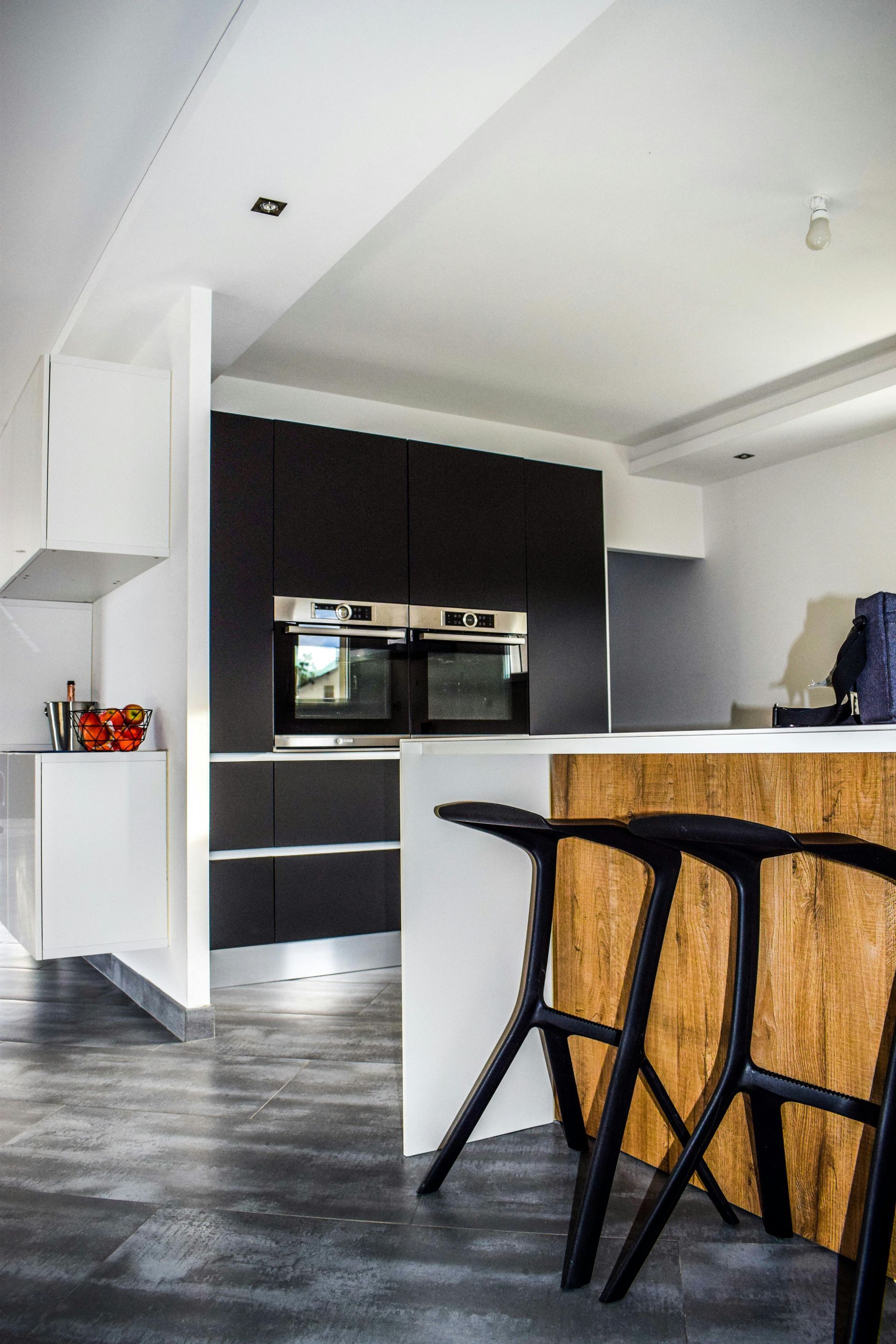
As the home building industry celebrates New Homes Month in April, new research shows that more than half of Gen Z (53%) and millennials (52%) are progressively more open to having a smaller home with higher-quality products and amenities versus a larger home with fewer amenities. “Builders are responding to home buyer preferences and constructing homes with less square footage, which are generally more affordable and easier to maintain,” said Austin Hall. The median home size dropped from 2,200 square feet in 2023 to 2,150 square feet in 2024, the lowest in 15 years, after holding strong at 2,300 square feet from 2019-2022, according to the National Association of Home Builders. The same thing is happening to median lot sizes, which has dropped about 1,000 square feet in the last 15 years to 8,400 square feet. There are several consistently popular features among home buyers across all generations, such as a great room, laundry room and garage storage. Other top amenities and design options include drinking water filtration, special storage racks for wine/spices in the kitchen and both a shower stall and a tub in the primary bath. “New home buyers enjoy the ability to choose design features that suit their preferences,” said Hall. “Whether you are looking to buy your first home or upgrade to your dream home, newly constructed homes can offer a personalized aesthetic inside and out.” Join us for the 2025 James Hardie Spring Parade of Homes on April 26-27, from 1:00 PM to 5:00 PM each day! This is your chance to explore some of the finest new homes in the area, meet top builders and developers, and get inspired by the latest trends in home design and construction. We’re excited to showcase a variety of beautiful homes in cutting-edge communities, giving you a firsthand look at what’s possible in modern homebuilding. For more details about new homes in Columbia, Missouri, reach out to us at the HBA of Columbia! Visit columbiahba.com or give us a call at (573) 443-8622. We can't wait to see you there!
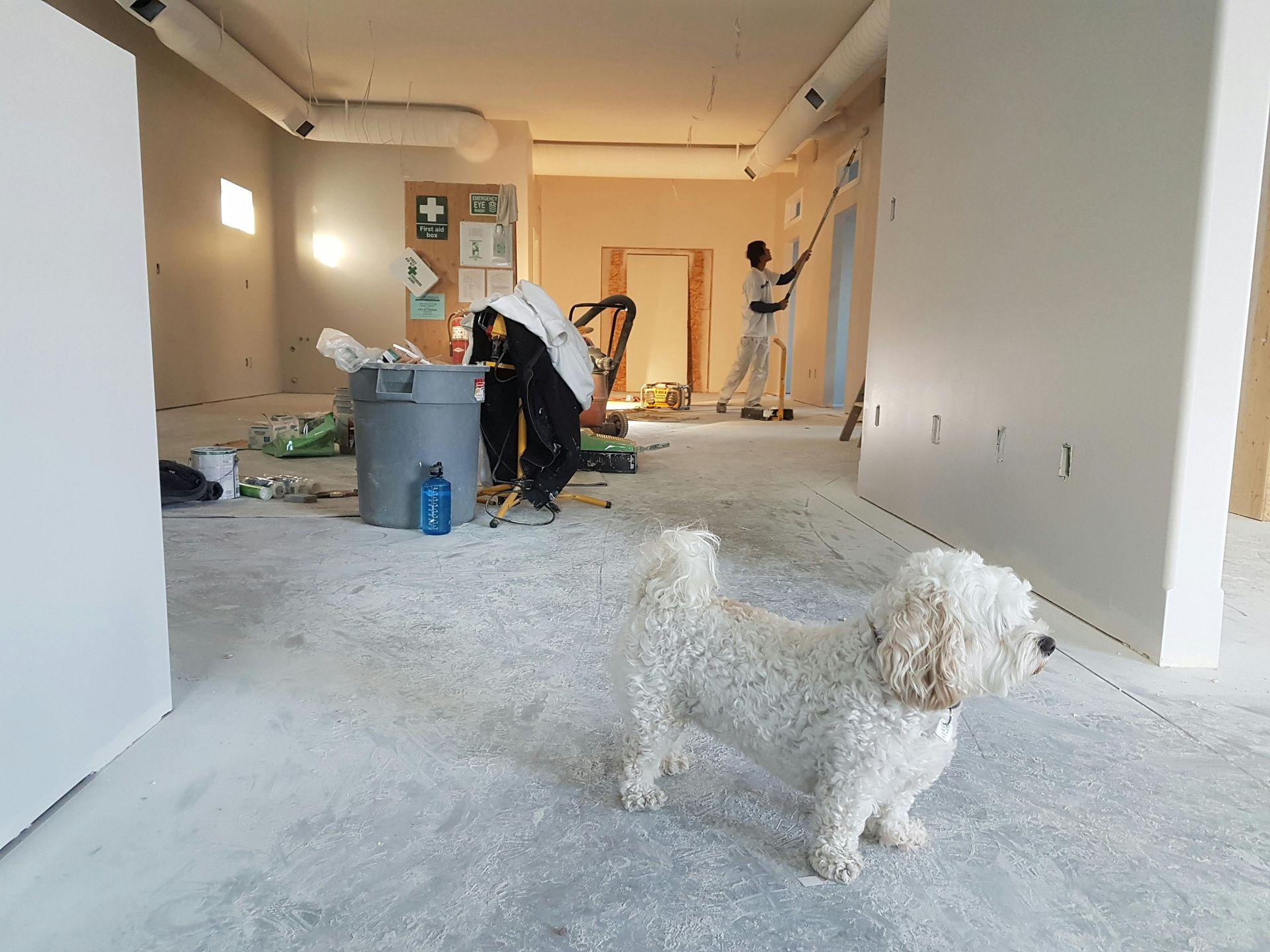
If you're in the market for a new home, you may wonder about the factors contributing to the home's total cost. The National Association of Home Builders (NAHB) recently published a Cost of Construction Survey, which details the various costs of building a typical new single-family home. Many of the results show that the percentage contribution of each component has remained relatively consistent in recent years. According to the 2024 survey of home builders, the biggest single component of a new home’s total sales price is construction costs, which accounts for around 64.4%. For example, the sales price of a $665,298 house would likely factor in construction costs of approximately $428,215, or 64.4%. Survey respondents broke down construction costs into eight major construction stages: • Interior finishes (e.g., cabinets, drywall, flooring): 24.1% • Major system rough-ins (e.g. electrical, HVAC, plumbing): 19.2% • Framing: 16.6% • Exterior finishes (e.g., roofing, windows): 13.4% • Foundations: 10.5% • Site work (e.g., architecture, building/permit/impact fees): 7.6% • Final steps (e.g., driveway, landscaping): 6.5% • Other costs: 2.1% The share of construction costs to the total price of a new home is the highest since NAHB first produced the survey in 1998. Some of the factors that contribute to the construction costs are the ongoing skilled labor shortages and building material price increases. The average single-family home size in the 2024 survey was 2,647 sq. ft. of finished floor space, an increase of 86 sq. ft. from 2022. From 2015 to 2022, the average square footage of a home trended downward. Constructing homes with smaller square footage in recent years is a response by builders to meet the current housing affordability challenges buyers face. Though building practices and the cost of labor, land and materials can vary widely across the country, these national averages provide an overall snapshot for the building industry. To learn more about the home building process in Columbia, MO contact info@columbiahba.com or visit columbiahba.com
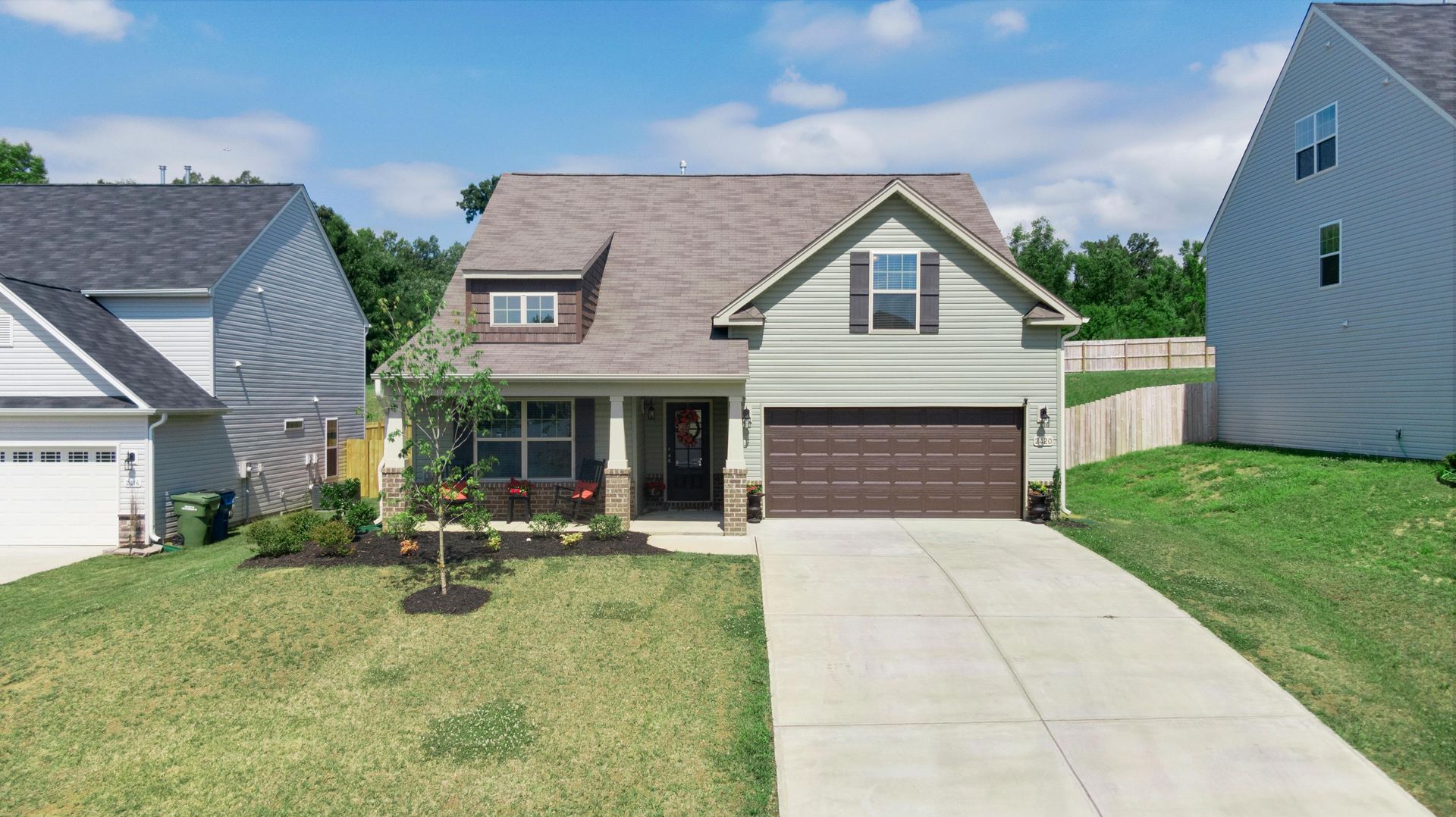
If 2025 is the year you have decided to purchase a new home, whether as a first-time buyer or a seasoned home owner, the best time to start preparing is now. Following these five simple strategies will help place you in an ideal position to find a home that is a good fit for you and your family. Take a Closer Look at Your Credit Score. The first step toward purchasing a new home is to examine your finances closely. Start by making sure you know your credit score. Your credit score will help determine the interest rate and associated costs you pay on a mortgage loan. In general, the higher your credit score, the lower the interest rate you will qualify for. Examine Your Finances. Before you search for a home, you must know how much house you can afford. Experts recommend talking to a qualified lender to help you determine your price range. As the buyer, you are the best judge of what you can realistically afford, so you should not set your home buying budget based on your maximum loan approval amount. Plan for a Down Payment and Associated Costs. Once you figure out how much you’re willing to spend, you need to set a down payment goal. The longstanding myth is that you must put down 20 percent to purchase a home. You can move forward with a home purchase with a much lower down payment. Two factors that primarily impact your down payment amount are the home’s price and the type of home loan you secure. In addition to your down payment, you must budget for loan fees and closing costs. Evaluate Your Needs. Put pen to paper, outline what you need and want in a new home and create a “must have” list. Start by thinking about why you’re ready to purchase a new home. Maybe you need a bigger space or want to move to a school district that fits your family’s needs. Creating a list of what you need in your new home will save you time when you are ready to start looking. Your next home may not meet every item on your priority list, so you must decide what factors you can compromise on and how you can stay within your budget. Sell Your Current Home. If buying your home this year is contingent upon selling your home, you should be prepared if the timing doesn’t align perfectly. Another consideration is to ensure you have sufficient funds on hand if you cannot have concurrent home closings. A real estate agent can help you navigate the transitions. A buyer or seller market makes a difference in timing the transaction, and a real estate agent and HBA of Columbia can shed light on local market factors. Contact Jami Clevenger (jami.clevenger@columbiahba.com) to learn about homeownership opportunities in the Columbia, MO area.
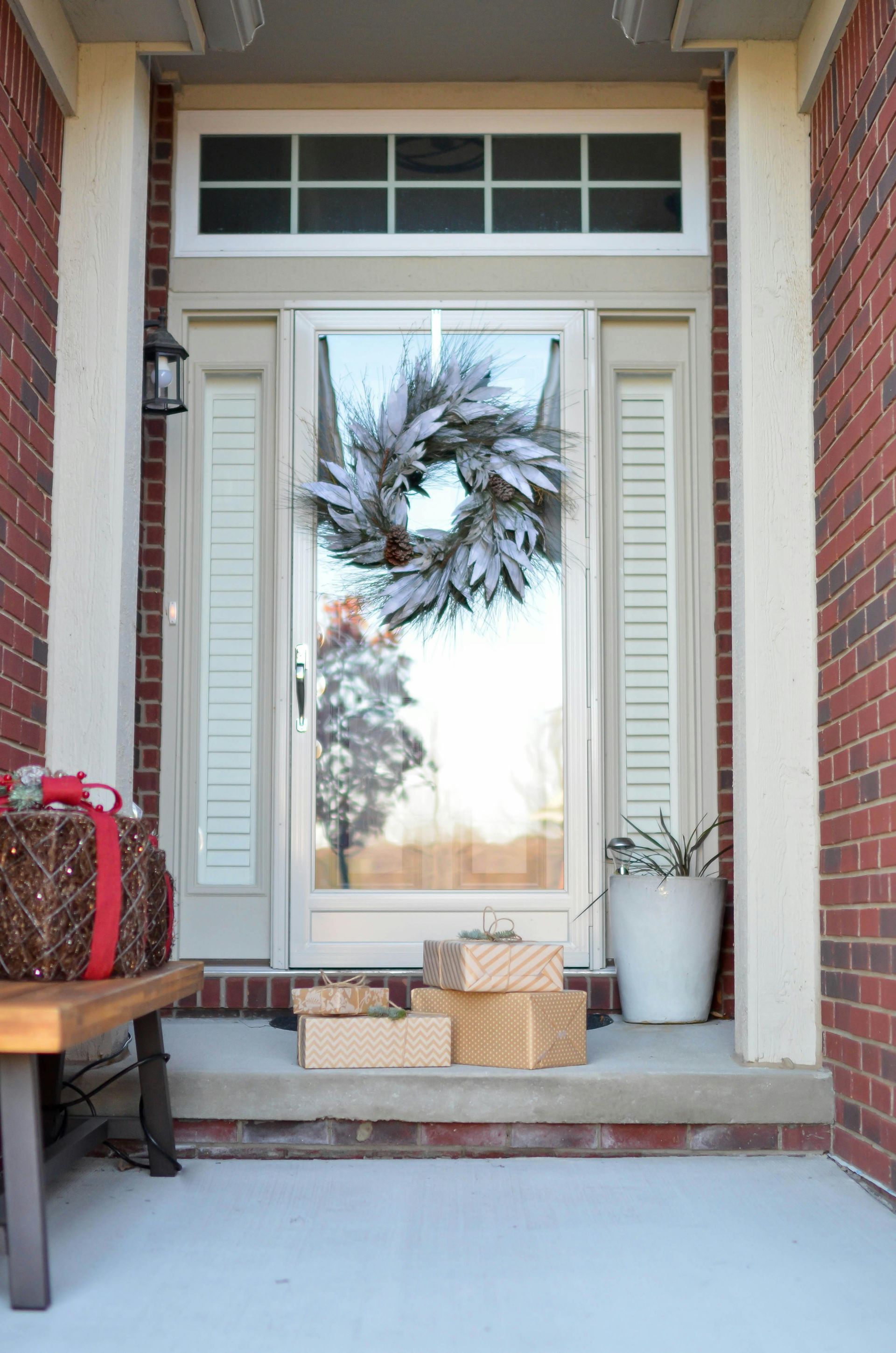
The holidays can be the most wonderful and busy time of year. When traveling or decorating your home, what might not be at the top of your mind is how safe your home is this holiday season. For example, holiday lights can pose a fire hazard without proper oversight. To help you address potential safety hazards during a bustling holiday season, here’s a quick list of safety precautions to help you keep your family and home safe during the holiday season. Home Security • If you’ve been considering a security system, now is a great time to install one. At a minimum, ensure your front door is secured and always locked. • Ask a friend or neighbor to watch your house and take in your newspaper, mail and any packages if you plan to spend the holidays away from home. • When traveling, put lights throughout the house on timers according to your usual living pattern. • Make sure to keep any gifts in a safe place that cannot be seen from the outside of your home. Christmas Trees • Place Christmas trees at a safe distance from stoves, radiators, vents, fireplaces and any other heat source that may dry the tree. • Water your Christmas tree daily. A tree can burn very hot and fast when it is dry. • Keep a fire extinguisher near your Christmas tree. Ensure your family has a fire emergency escape plan and your tree doesn’t block any exits. Lights and Other Decorations • Inspect all holiday light wiring. Safety experts recommend throwing away defective, worn or frayed electrical wiring. According to the U.S. Fire Administration (USFA), almost one-third of home Christmas tree fires are caused by electrical problems. • Use no more than three light sets on any one extension cord. Also, don't run electrical cords under rugs. Be sure all lights are turned off before you go to bed or leave the house. • The USFA also recommends placing candles at least 12 inches away from anything that burns, ensuring they are in stable holders and cannot be knocked down easily. Never leave burning candles unattended, and always supervise children when burning candles. • When buying artificial decorations, check for "flameproof" or "fire retardant" qualities. Following a few safety precautions will help ensure your holiday celebrations remain festive for your entire family. Learn more about home safety at HBA of Columbia ( columbiahba.com ).
Subscribe to the HBA of Columbia Email Newsletter
Want to stay up to date with all the latest news, events and information from the HBA of Columbia? Subscribe to our newsletter today and receive important updates and information. We promise to never send you spam or share your information with anyone else.
